Coming to Our Senses: Practicing the Four Foundations of Mindfulness
by Gaylon Ferguson
The gentle practice of mindfulness-awareness meditation allows our senses to awaken. First, we enter into meditation by sensing the body. The basis of our entire meditation journey is mindfulness of body, directly connecting with this earthy, elemental aspect of being human. We begin by attending to our sitting posture, listening to our own bodies and settling into physical sensation as a good working basis. Gradually synchronizing body and mind, we feel more grounded. We are cultivating a sense of being fully present with our bodies, moment after moment after moment. This experience of groundedness allows us to open out, welcoming all our experience with less judgment, more friendliness.
Next is sensing our feelings. Sometimes our meditation sessions present dramatic and vivid displays of emotions. Sometimes there is boredom. The overall approach is to include our inner emotional weather as part of the sitting practice of meditation. Sunny or cloudy, cool winds or thundershowers, all are welcome. This approach is called “touch and go.” We gently touch an emotion, rather than avoiding or ignoring it. If it moves on—as emotions sometimes do, we let it go. If it stays, we allow that as well. Again, everything is included, welcomed into our meditative circle of loving-kindness. Sometimes there are glimpses of a basic well-being, a fundamental confidence that allows all our experience to arise, linger, and go. We are alive, and meditation is a way of tasting and celebrating this colorful livingness.
We human beings are also thinking beings, so mindfulness of mind means bare attention to our thought processes. If we are having many thoughts, let it be that way. If we are having few thoughts, let it be that way. Some mindfulness teachers emphasize that what happens is not as important as how we approach what happens. Basically, meditation is a way of making friends with ourselves, including the speedy or slow movements of mind, all our mental activity.
Finally, we are opening to sense perceptions as we sit, stand, walk outside. We see puffy, white clouds and green aspen leaves. We hear footsteps and birds singing and rain falling. This is our world and meditation is simply re-introducing us to this old/new world. We can return to our daily life with family, friends, and co-workers with renewed spaciousness and clear seeing. Old habits feel less confining. Sometimes we notice gaps for creative solutions.
Join Gaylon on Retreat in 2023:
About the Author:



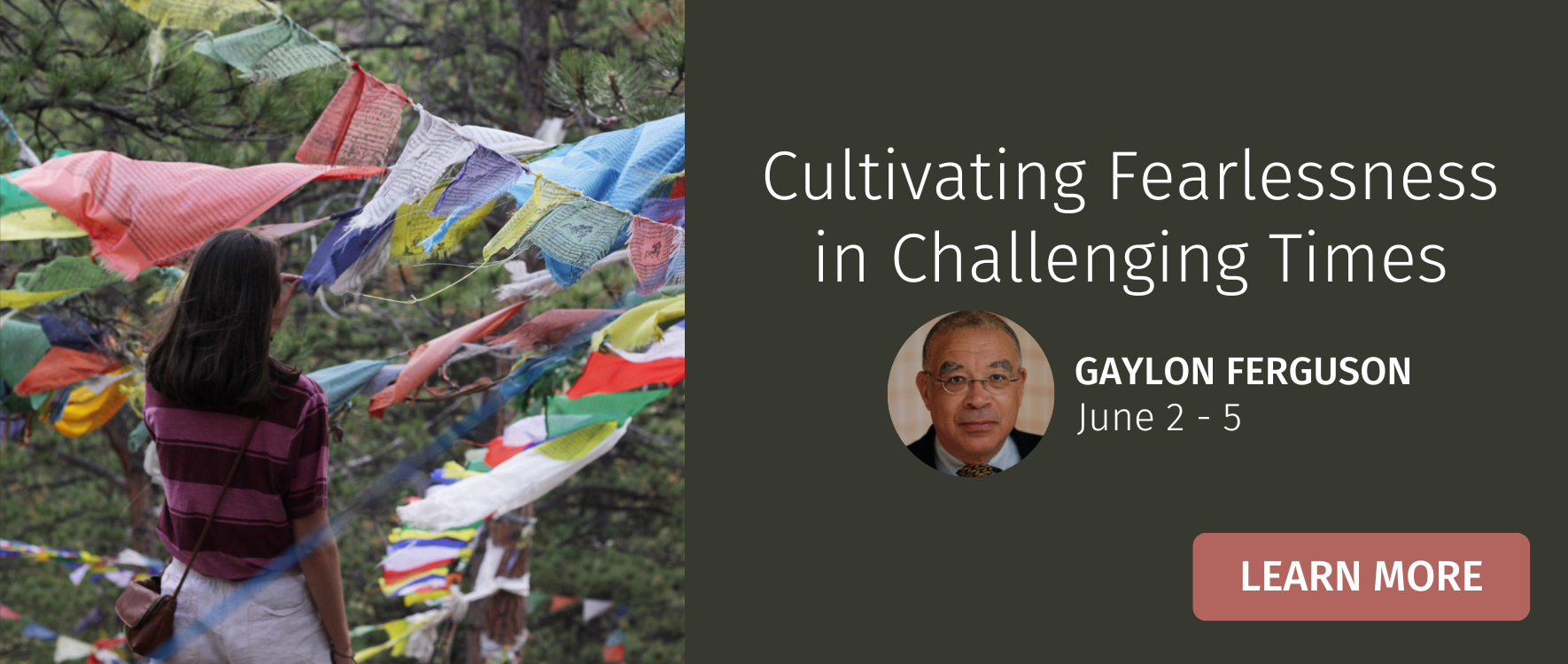
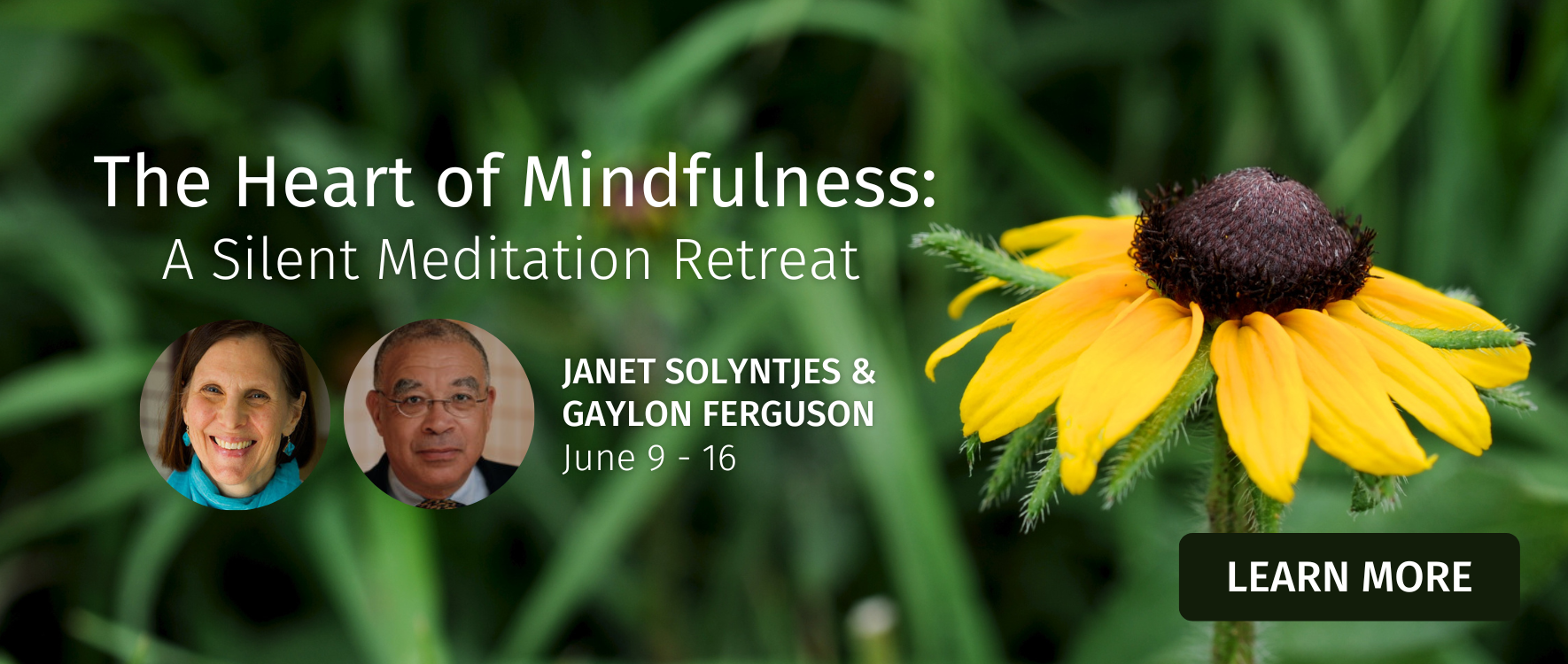
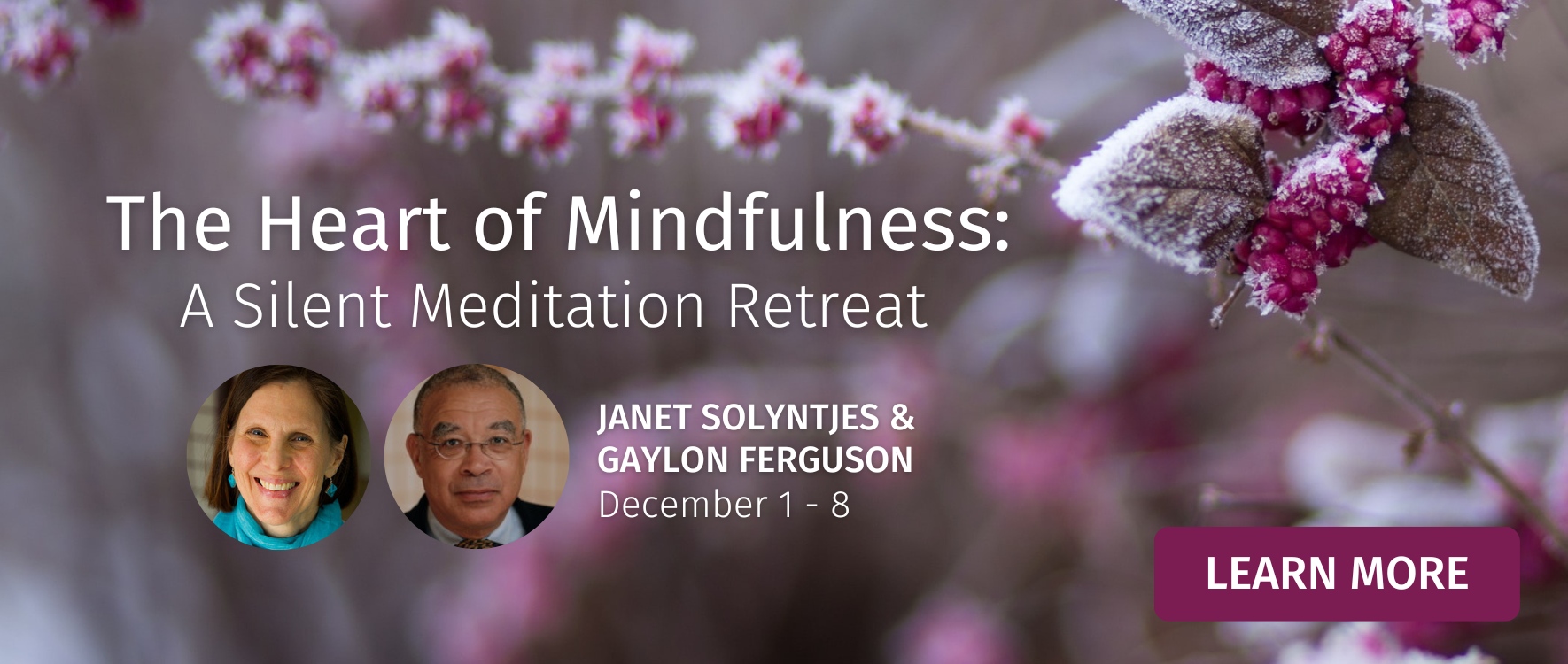



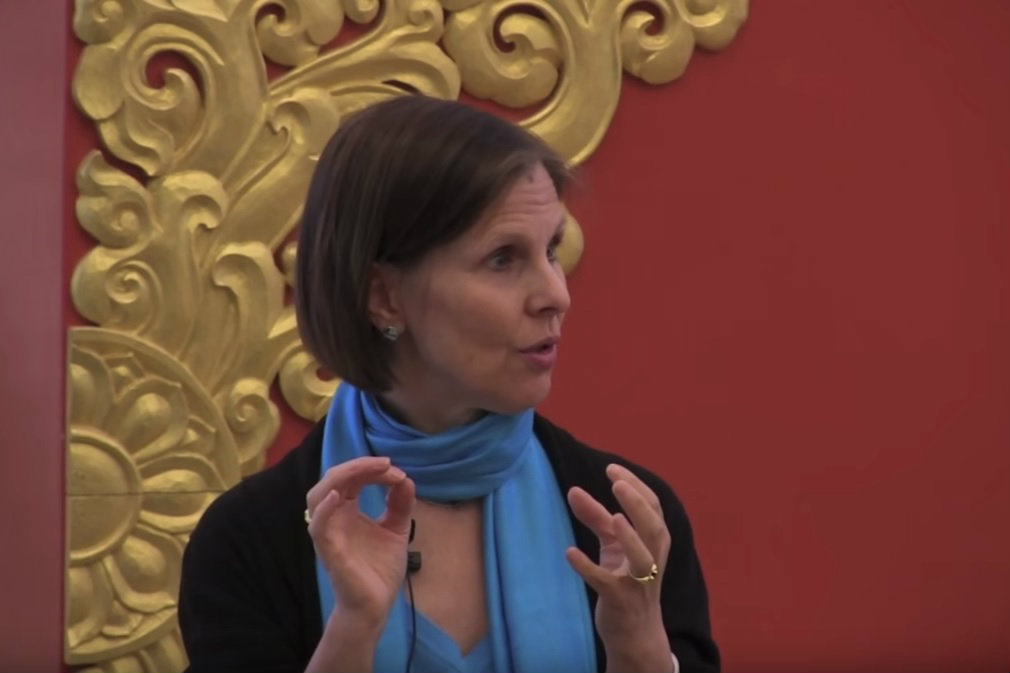
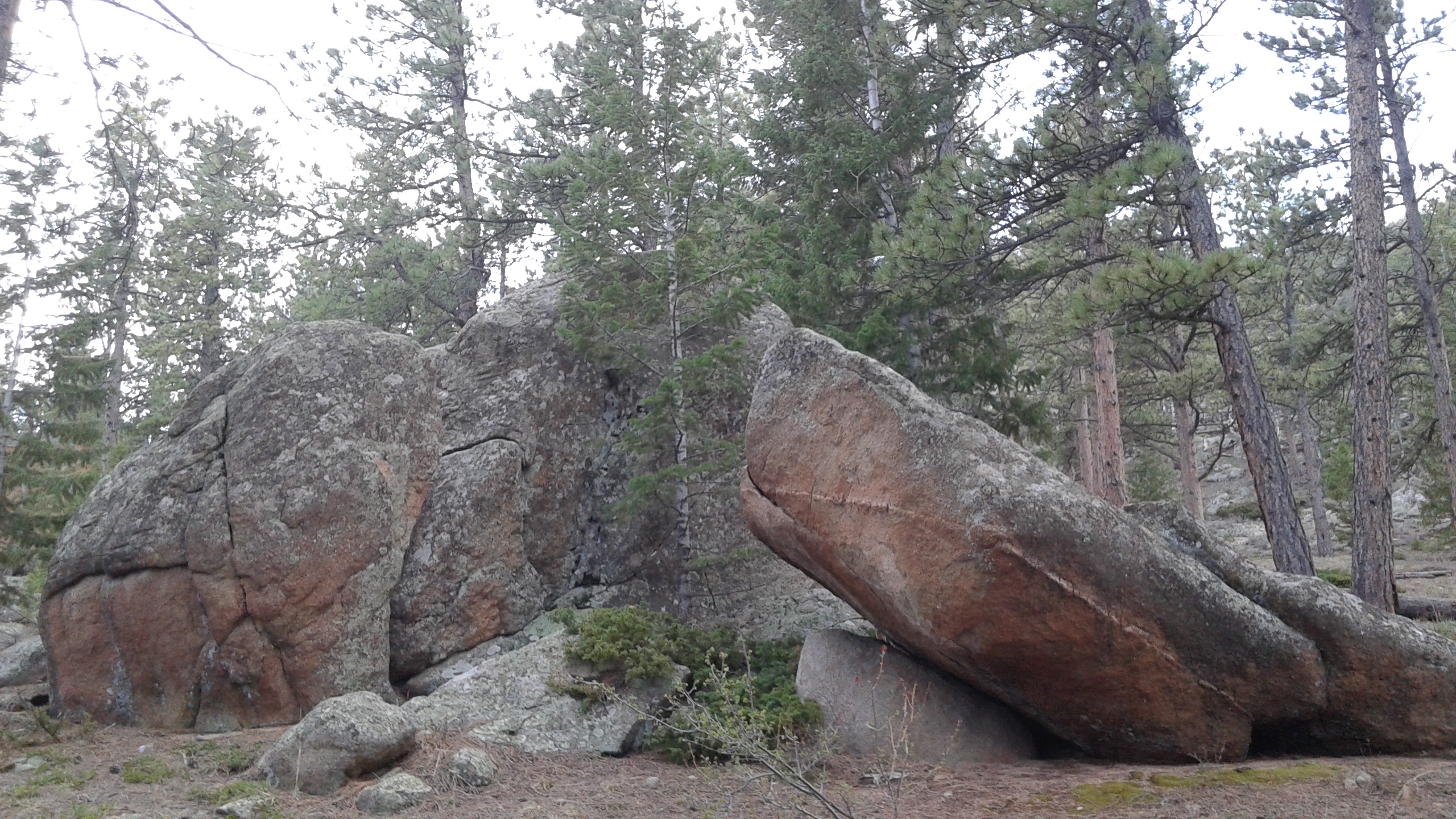
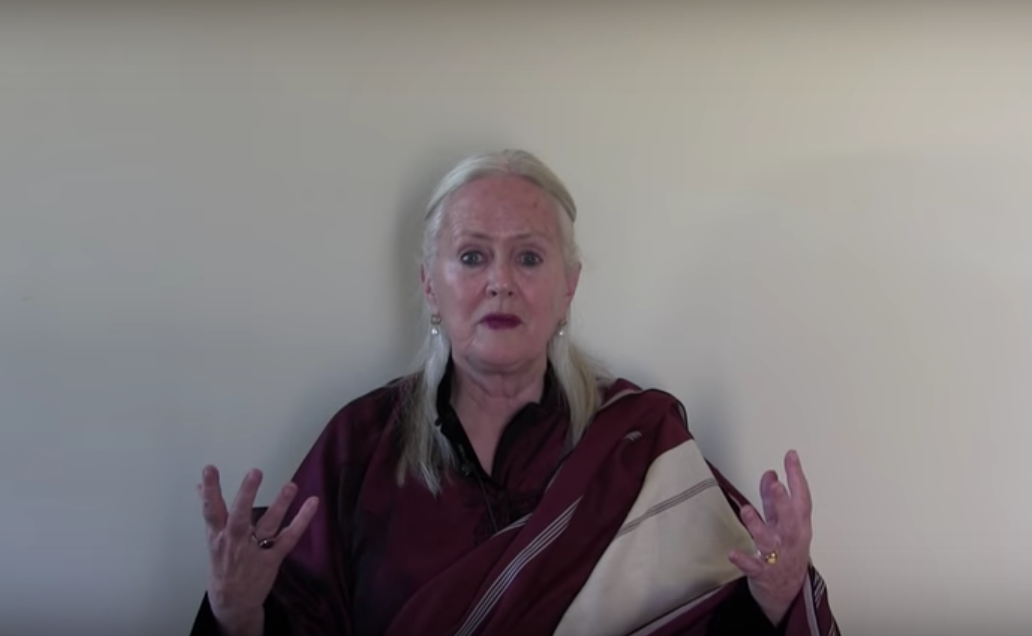
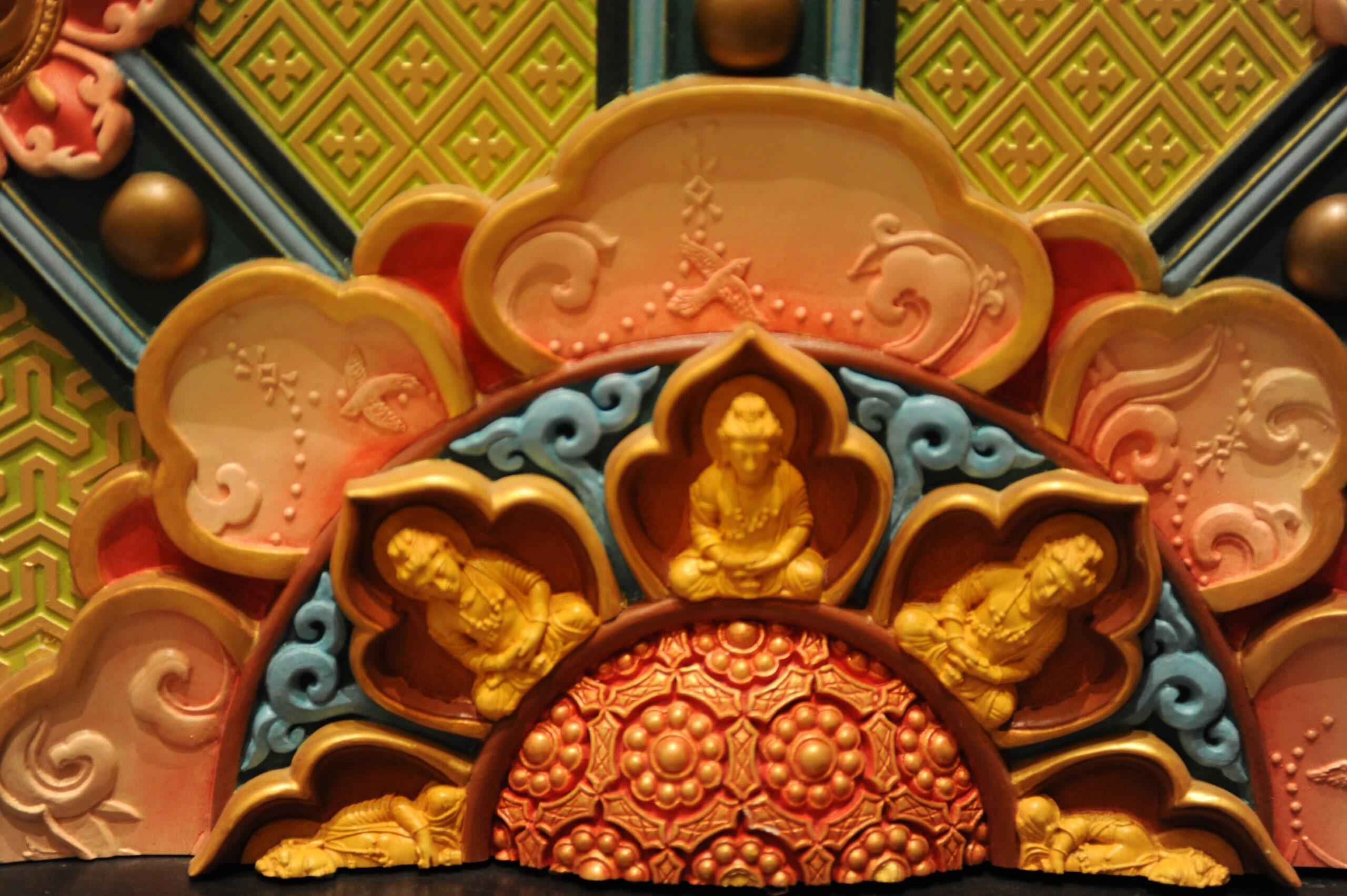

Leave a Reply
Want to join the discussion?Feel free to contribute!